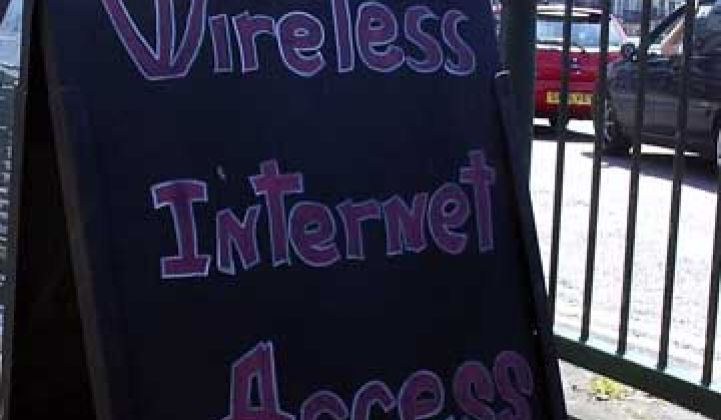When the city of Santa Clara in California started looking into smart grid technologies, it approached MetroFi, a company that was offering free Wi-Fi in its territory, to see about using it for a meter backhaul network. MetroFi was not interested, as working with Silicon Valley Power, the city’s utility, didn’t fit into its business model. SVP didn’t have to look elsewhere, though, because the business model did not hold up for MetroFi -- the company was headed to bankruptcy and the city purchased the system.
As SVP began testing the network for backhauling meter information, the utility began to think widely about the wide area network and what other applications it could have. SVP has about 51,000 customers, and more than 90 percent of its load is commercial. With a mild climate, plenty of generation and lots of big businesses, it does not face many of the challenges other utilities have encountered with meter rollouts. But even though SVP had a customer base that welcomes smart grid technologies, including meters, the utility still prioritized what its smart grid could do for the people -- and the city.
“We realized pretty early that the value of the whole smart grid was being able to communicate with devices through our entire territory,” said Larry Owens, Manager of Customer Services for SVP. “Meters were just one of those devices.”
The meters would obviously get one of the 16 different channels available on the Wi-Fi network. Other city departments, including the police, fire and parks and recreation departments saw the advantages of having Wi-Fi networks, as well. But one channel would go directly to the people in the way it was intended: free Wi-Fi blanketing the city.
The Wi-Fi network was at the top of the list when the utility surveyed their customers and asked what advantages it would like to immediately reap from the smart grid. Before smart meters will be put on the side of even a single home, every resident will be able to tap into the free Wi-Fi that will be hooked up to the city’s fiber backbone. There’s even already a page about how to use it on the utility’s webpage.
It’s not just electrical meters that will use the backhaul system. The water utility is going to install AMI and use the Wi-Fi to monitor valves. Owens said SVP is already thinking about using the network for distribution automation. The city also has a permitting workforce that could use Wi-Fi to do on-site permitting. “The WAN was going to play a pivotal role in providing benefits,” said Owens. “It’s really exciting for us.”
SVP will start deploying meters to its commercial and industrial customers in 2011 and the Wi-Fi will be fully operational this year as well. As it works out the kinks in the free Wi-Fi offering, the utility is also shopping around for the right web portal to meet the needs of its customers so that it will be available around the time the meters are installed. Owens said that when he has informally polled commercial customers, very few are completely satisfied with the way they’re currently getting their interval data. “This is a tough nut,” he said. Because of the large commercial sector, including a lot of data centers, they need a portal that has the ability to dig deep into metrics, but is also simple enough that your grandmother could log on at home and use it.
But for now, the focus is squarely on the Wi-Fi network and how it will perform for residents and for collecting meter data, while keeping an open mind about future applications. “We’re starting out small before we deploy end-to-end,” said Owens. “We should build for multiple inevitabilities.”
Industry Perspective

Making the WAN Work for Everyone
One utility is rolling out free Wi-Fi for everyone before installing a single meter.

Making the WAN Work for Everyone
Photo Credit: Jem on Flickr
-
41Where Will DOE’s Loan Program Make the Next Climate Tech Investments?
-
15What the Frack Is Happening With Natural Gas Prices?
-
9With an Energy Crisis Brewing, No Peak in Sight for Emissions


